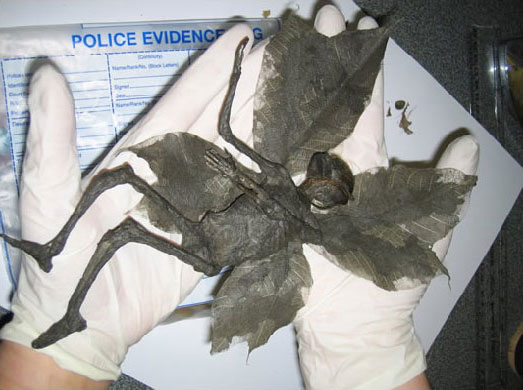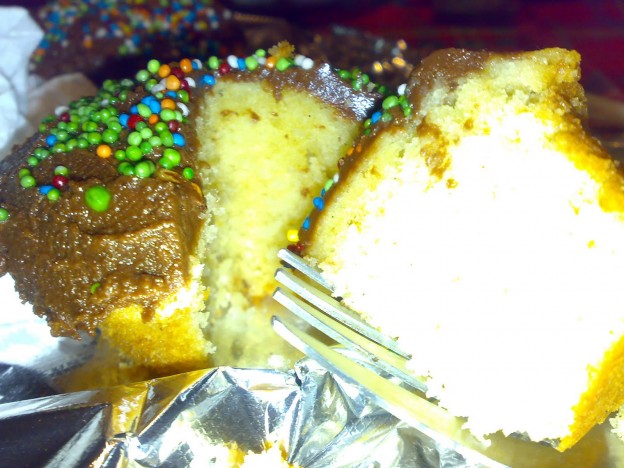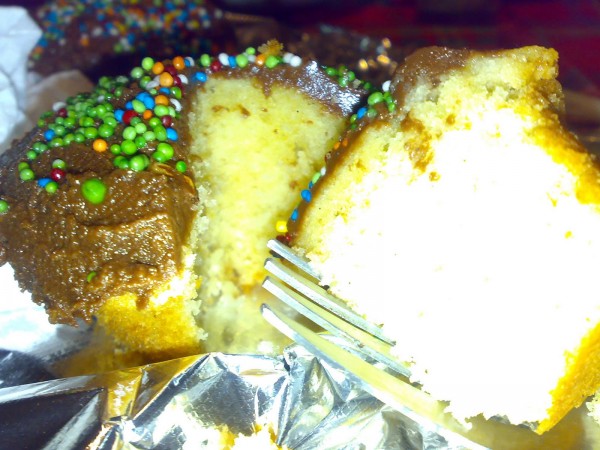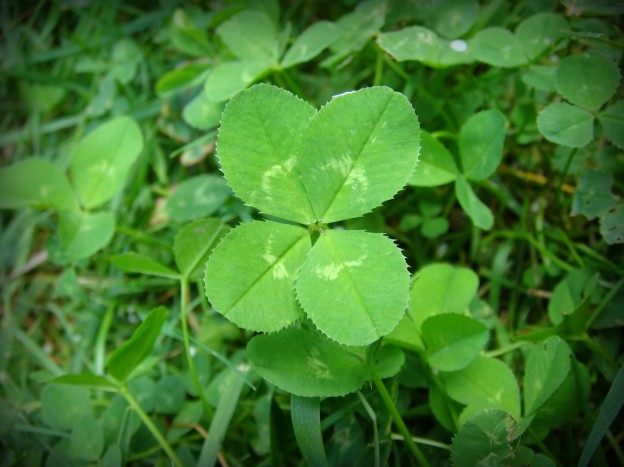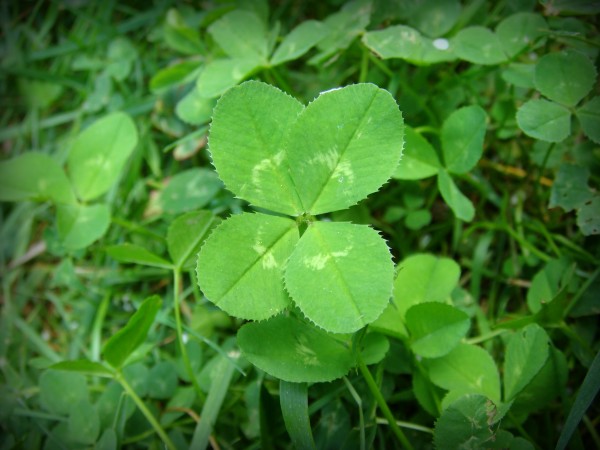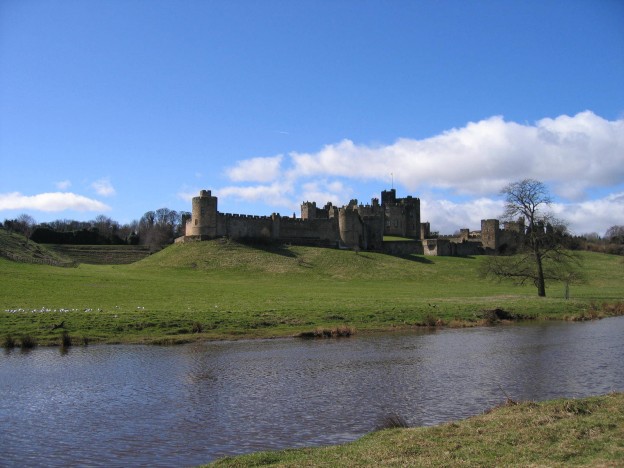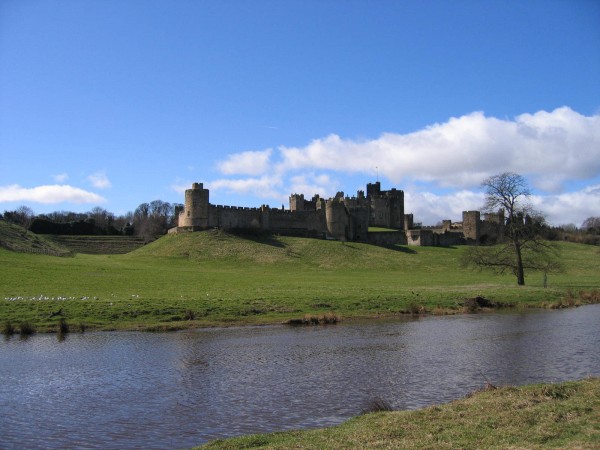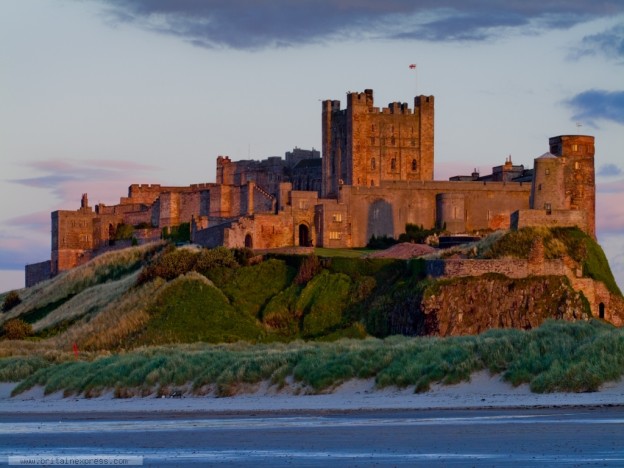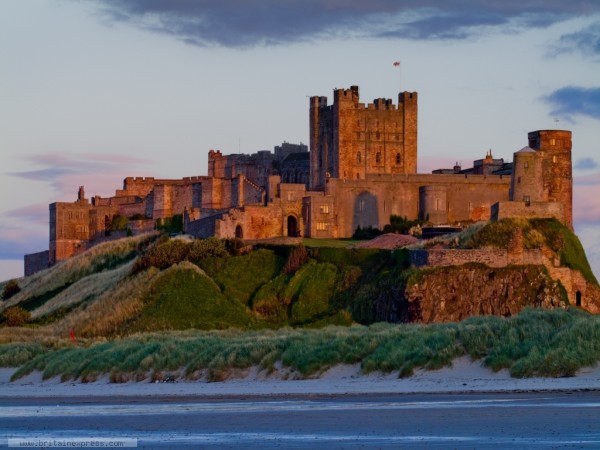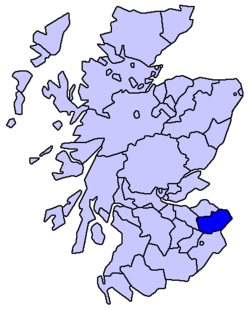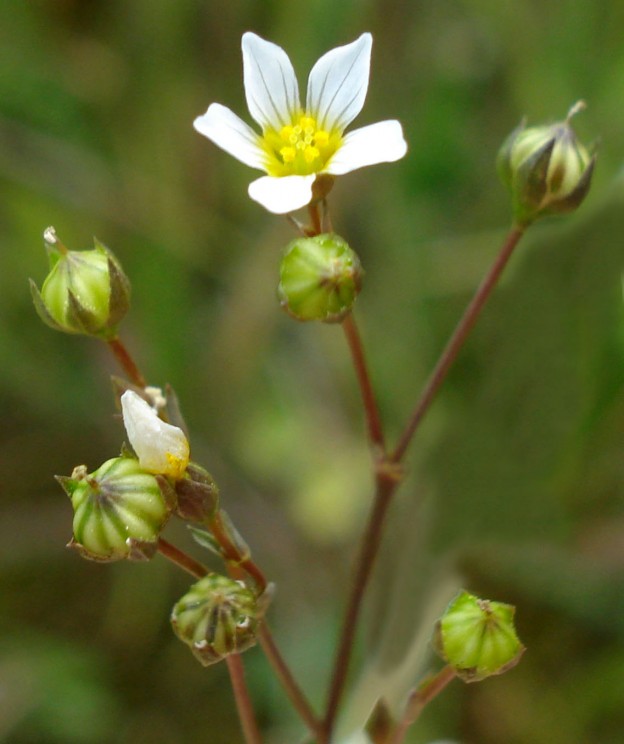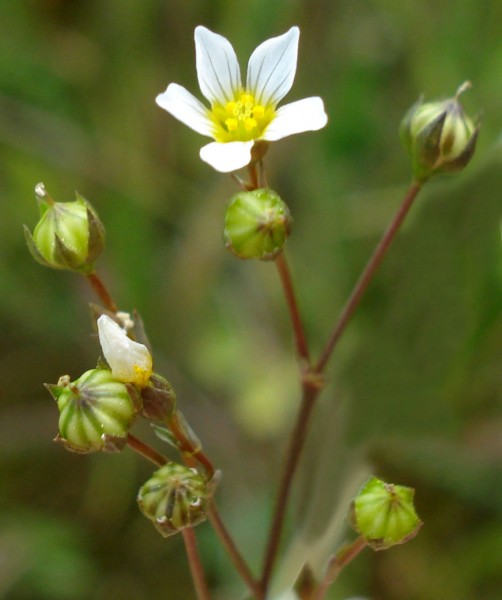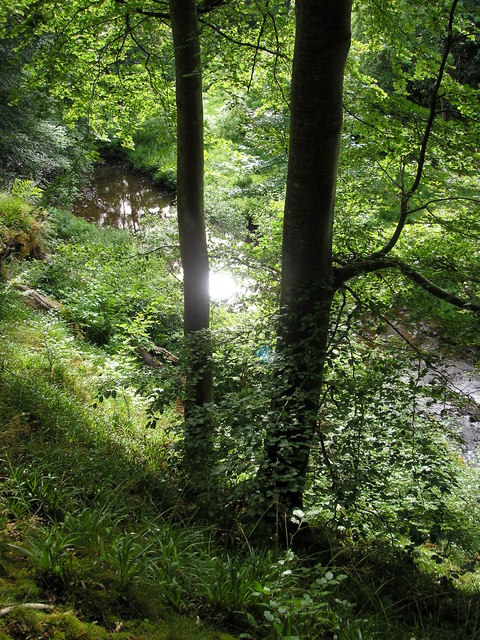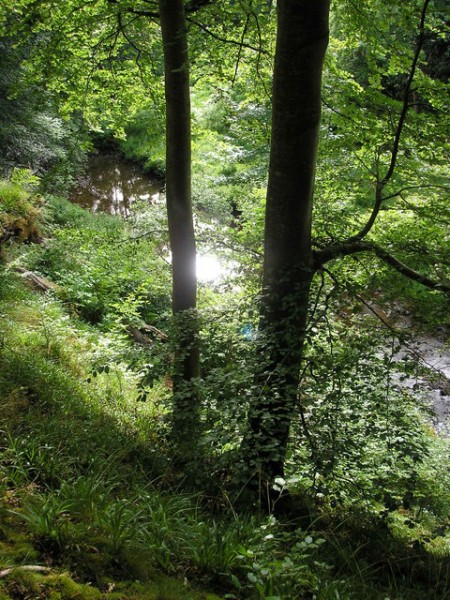On certain nights of the year it is believed that the Fairies dance around the ‘Fairy Rings’ of a different coloured grass from that usually found on the Downs, and on arriving at any of these ‘Rings’ one should walk round them rather than across them.
And again
Rings of grass of a different colour from the remainder, found on the Downs. Some suppose that these rings are formed by Fairies dancing round and round in the moonlight. Lowsley, A Glossary of Berkshire Words and Phrases, (1888)
